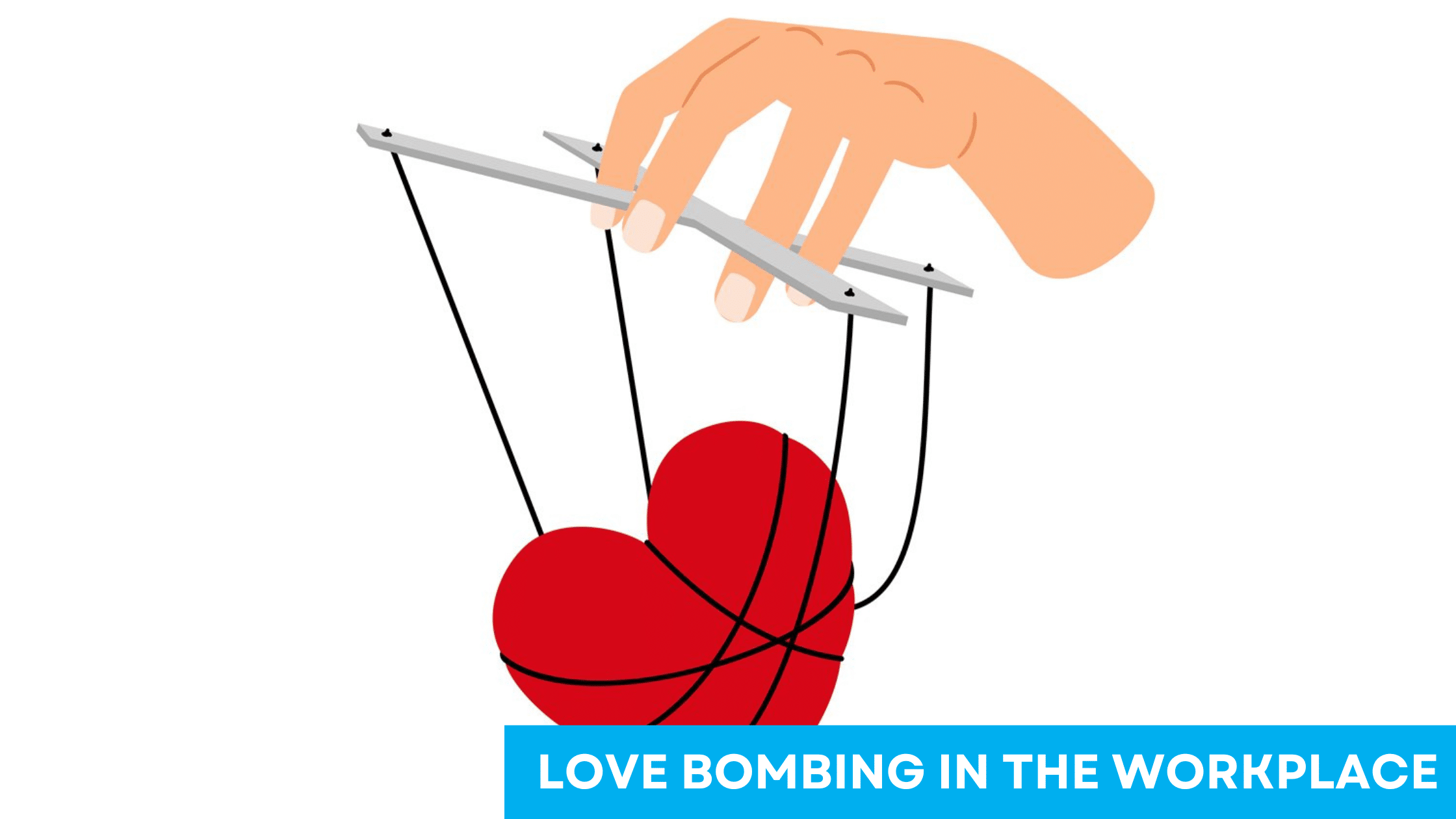Employee engagement strategies are vital to boosting productivity in any organization. When employees are engaged, they are more committed to their work, leading to higher levels of efficiency and success. Implementing effective employee engagement strategies can significantly improve the productivity of your workforce.
Effective leadership plays a crucial role in fostering employee engagement. Leaders who communicate openly, recognize achievements, and provide development opportunities tend to have more engaged teams. Creating a supportive work environment where employees feel valued and appreciated is key to maintaining high productivity.
Providing employees with autonomy and flexibility empowers them and enhances their job satisfaction. Encouraging open communication and collaboration also helps in keeping employees engaged. Monitoring and leveraging employee feedback ensures that their needs are addressed, leading to better engagement and productivity.
Key Takeaways
- Leadership is crucial for fostering employee engagement.
- Supportive environments and empowerment drive productivity.
- Regular feedback helps maintain high engagement levels.
Understanding Employee Engagement
Employee engagement is key to boosting productivity. It involves commitment and trust between workers and their organization, as well as ways to measure engagement levels effectively.
The Impact of Commitment and Trust
Commitment means employees are devoted to their work and organization. When employees feel trusted, they are more likely to trust the organization in return. This mutual trust leads to higher productivity.
Gallup surveys have found that companies with high levels of engagement see better performance, lower turnover, and increased profitability. Trust also enhances teamwork and communication, creating a more positive work environment.
Organizations can build trust by being transparent, offering professional development opportunities, and recognizing achievements. Engaged employees are less likely to leave, saving companies from the high costs of turnover.
Measuring Engagement Levels
Measuring engagement involves various tools and methods, such as surveys and feedback loops. Gallup’s Q12 Employee Engagement Survey is a popular method to gauge how workers feel about their jobs and workplace. It asks questions about clarity of expectations, opportunities for development, and feelings of value.
Regularly measuring engagement levels helps organizations identify areas for improvement. This data can inform strategies to enhance employee satisfaction and productivity. Engaged employees are more enthusiastic and motivated, leading to better performance across the company.
By investing in measuring and improving engagement, organizations can foster a more committed and productive workforce.
The Role of Leadership in Engagement
Effective leadership is crucial in driving employee engagement and productivity. Managers play a key role in shaping the work environment and influencing motivation. Leadership training is also important to equip managers with the skills needed to engage their teams effectively.
Developing Effective Managers
Managers significantly influence employee engagement. They create environments where employees feel valued and motivated. Effective managers understand their team’s strengths and areas for improvement. They provide clear goals and regular feedback.
Daily interactions between managers and employees can boost morale. When managers are approachable, employees feel more secure in expressing their concerns. This builds trust and a supportive team culture. A manager’s ability to listen and act on feedback is pivotal.
Managers also play a role in developing career paths. Encouraging personal and professional growth shows employees that they are valued. This can lead to higher retention rates and a more committed workforce. Understanding each individual’s aspirations helps managers to better align tasks with personal goals.
Leadership Training and Experience
Leadership training is essential for creating engaged teams. Such programs teach managers crucial skills like communication, conflict resolution, and strategic thinking. Training helps in recognizing different leadership styles and adopting the most effective approach.
Managers with proper training are more equipped to handle diverse teams. They learn to address various employee engagement needs. Training sessions also provide a platform for managers to share experiences and strategies. This collaboration fosters a more cohesive leadership strategy within the organization.
Real-world experience is equally important. Managers who have faced different challenges bring practical solutions to the table. Their experience can guide less seasoned managers. Sharing insights from real scenarios can be more impactful than theoretical knowledge alone.
Creating a Supportive Work Environment
A supportive work environment encourages employees to be engaged and productive. It focuses on positive company culture and well-structured remote work systems.
Fostering a Positive Company Culture
A positive company culture is essential for employee engagement. It promotes collaboration, respect, and fairness. Regular team-building activities, open communication, and recognition of achievements help in building this culture.
Leaders should set an example by following company values and showing appreciation. Transparent policies make employees feel secure and valued. They are more likely to be productive and loyal when they trust their leaders.
Creating a culture where feedback is encouraged and heard can improve work environment and reduce misunderstandings. It also helps in identifying and solving issues quickly.
Building a Productive Remote Work Structure
A productive remote work structure balances flexibility and accountability. Clear guidelines and regular check-ins keep employees aligned with company goals. Using reliable communication tools like Slack or Zoom ensures smooth collaboration.
Setting up a comfortable home office with ergonomic furniture can improve focus and prevent health issues. Employees should have access to necessary technology and resources to fulfill their roles effectively.
Hybrid work models blending remote and in-office work can offer the best of both worlds. They provide flexibility while maintaining strong team connections. This structure requires careful planning and regular monitoring to address challenges and ensure productivity.
Engagement Through Employee Development
Employee engagement can be significantly enhanced through focused development programs. These initiatives not only boost morale but also improve retention, productivity, and job satisfaction.
Professional Growth and Career Opportunities
Offering clear career paths and professional growth opportunities is essential. Employees need to see potential for advancement within the organization. This visibility motivates them to perform better and stay committed.
Implementing mentorship programs allows experienced staff to guide newer employees. These relationships foster a sense of belonging and personal investment in the company. Degreed programs and continuous education benefits also show that the employer values long-term career growth.
Promotion from within is another key strategy. Recognizing and rewarding hard work encourages a culture of growth and retains top talent. Ensuring that employees have regular check-ins about career paths and goals can keep them aligned and motivated.
Training and Skill Enhancement
Regular training sessions help employees stay updated with industry trends and new skills. This knowledge enables them to perform their tasks more effectively and adapt to changes quickly.
Offering specialized training courses linked to an employee’s role can ensure that they develop the necessary skills to advance in their careers. Workshops and seminars, whether internal or through external bodies, provide hands-on experience that is invaluable.
Certifications and professional development courses also add value to an employee’s profile. Employers can incentivize participation through sponsored courses or paid study leaves. By investing in skill enhancement, companies show that they are committed to the personal and professional growth of their employees.

Optimizing HR Strategies for Engagement
Effective HR strategies can significantly improve employee retention and productivity. Two critical areas include structured onboarding processes and robust support from HR teams, both of which contribute to better employee engagement and reduced turnover.
Effective Onboarding Processes
HR plays a crucial role in employee onboarding. An effective onboarding process ensures new hires are well-integrated into the company culture and understand their roles from the outset.
Companies should use structured orientation programs. These programs should introduce new employees to their teams, outline job expectations, and provide necessary training. This fosters a sense of belonging and helps new hires hit the ground running.
Frequent check-ins during the first few months are essential. These touchpoints ensure that new employees feel supported and can address any concerns or challenges early on.
A well-planned onboarding process reduces employee turnover and boosts long-term engagement. By investing in this area, companies can improve retention and create a more engaged workforce.
Utilizing HR Teams for Employee Support
HR teams must proactively support employees throughout their employment. This support is key to maintaining high engagement levels.
Regular feedback sessions are critical. HR should facilitate regular performance reviews and create opportunities for constructive feedback. This encourages continuous improvement and helps employees feel valued.
HR teams should also promote professional development. This might include organizing workshops, offering coaching, and providing resources for further education. Providing these opportunities shows a commitment to employees’ growth and can enhance job satisfaction.
Additionally, accessible HR support can address workplace issues before they escalate. Open communication channels enable employees to voice concerns quickly, aiding in conflict resolution and fostering a positive work environment.
In summary, leveraging HR teams for continuous support ensures employees feel connected and valued. This directly impacts their engagement and productivity, leading to better overall organizational performance.
The Importance of Recognition and Rewards
Recognition and rewards are crucial for boosting job satisfaction and motivation among employees. These elements help create a positive work environment and can significantly impact productivity levels.
Enhancing Job Satisfaction Through Recognition
Employee recognition is vital for maintaining high morale. When employees feel appreciated for their work, they are more likely to be satisfied with their jobs.
Recognizing employees can take many forms, such as verbal praise, awards, or written commendations. Simply acknowledging someone’s effort boosts their sense of purpose and belonging. This affirmation fosters loyalty and retention, reducing turnover rates.
Building a culture of recognition not only keeps current employees happy but also attracts new talent. Potential hires often seek workplaces where employee contributions are valued. Creating an atmosphere of regular appreciation ensures ongoing job satisfaction and enthusiasm for work.
Designing Reward Systems for Motivation
Rewards play a significant role in motivating employees, driving them to perform better. An effective reward system should align with the company’s goals and recognize both individual and team achievements.
Rewards can be monetary, like bonuses and raises, or non-monetary, such as extra vacation days or gift cards. Non-tangible rewards like public acknowledgment or professional development opportunities also motivate employees.
A well-designed reward system includes:
- Clear criteria: Employees should know what achievements qualify for rewards.
- Fair distribution: Ensuring everyone has an equal chance to earn rewards maintains fairness.
- Timely delivery: Rewards should be given soon after the achievement to reinforce positive behavior.
By focusing on these aspects, companies can create a motivated workforce that is committed to achieving high productivity. Employing a mix of recognition and rewards effectively fosters a motivated and productive team.
Prioritizing Communication and Collaboration
Ensuring open communication and fostering a sense of teamwork are key to maintaining high employee engagement and productivity.
Tools and Strategies for Effective Communication
Effective communication is the backbone of any successful organization. Implementing tools like Slack, Microsoft Teams, or email ensures that employees can easily share information. These tools should be used to facilitate regular updates, quick feedback, and efficient information dissemination.
To avoid misunderstandings, clear guidelines on communication protocols are crucial. Regular meetings and check-ins provide opportunities to clarify tasks and align goals. Establishing open-door policies encourages employees to speak freely with their managers, enhancing trust and engagement.
Promoting Teamwork and Camaraderie
Teamwork is vital for achieving common goals. Organizing team-building activities such as group projects, workshops, or social events can help strengthen bonds among colleagues. These activities create a sense of camaraderie and improve morale.
Encouraging employees to work in groups on cross-departmental projects promotes collaboration. Recognizing and celebrating team achievements boosts motivation. Creating a culture where team members support each other leads to a healthier work environment and higher productivity. Regular feedback sessions can help teams improve and grow together.
Empowering Employees with Autonomy and Flexibility
Empowering employees through autonomy and flexibility can significantly enhance their potential and improve work-life balance. This approach can lead to greater productivity and job satisfaction.
The Role of Autonomy in Employee Potential
Autonomy allows employees to take control of their work and make decisions. This sense of control can boost motivation and creativity. When employees have the freedom to plan their tasks, they often feel more responsible for the outcomes, leading to better performance.
Offering autonomy means trusting employees to manage their time and resources. Management should set clear goals but let employees find the best ways to achieve them. This builds confidence and promotes innovative thinking.
Research shows that workplaces with high levels of autonomy help employees reach their full potential. Autonomy fosters a culture where mistakes are seen as learning opportunities rather than failures. This mindset encourages continuous improvement and personal growth.
Flexible Work Arrangements and Life Balance
Flexible work arrangements are key to ensuring employees can balance work and personal life. Options like remote work, flexible hours, and compressed workweeks can reduce stress and increase satisfaction.
When employees have flexibility, they can better manage their personal responsibilities. This balance is crucial for maintaining mental health and reducing burnout. Flexible schedules allow employees to work during their most productive times, enhancing overall efficiency.
Companies that offer flexibility often see reduced turnover rates. Employees appreciate the ability to tailor their work schedule to fit their lives, leading to higher engagement. Providing these options can also attract top talent, as flexibility is a highly valued benefit in today’s job market.
Flexible work arrangements demonstrate a company’s commitment to employee well-being, fostering loyalty and long-term success.
Monitoring and Leveraging Employee Feedback
Effectively monitoring and leveraging employee feedback can significantly boost productivity and morale. Proper feedback mechanisms allow organizations to identify areas for improvement and refine their strategies.
Conducting Effective Employee Surveys
Conducting employee engagement surveys is crucial for gathering meaningful feedback. These surveys should be designed to understand employee satisfaction, identify issues, and gauge engagement levels.
Using pulse surveys can provide real-time insights into employee sentiment. These short, frequent surveys help track changes in engagement over time. Questions should be clear and relevant, focusing on specific aspects like workload, management support, and work-life balance.
Key points for effective surveys:
- Use a mix of qualitative and quantitative questions for comprehensive insights.
- Ensure anonymity to encourage honest responses.
- Analyze the data to identify patterns and actionable feedback.
Turning Feedback into Actionable Insights
Once feedback is collected, turning it into actionable insights is the next critical step. Creating an action plan based on survey results helps address identified issues. This involves prioritizing actions that will have the most significant impact on engagement and productivity.
Organizations should involve employees in developing and implementing these action plans. This collaborative approach fosters a sense of ownership and accountability. Regularly review and update the action plan based on ongoing feedback and changing circumstances.
Steps to turn feedback into action:
- Identify key themes and areas for improvement.
- Develop specific, measurable actions to address these areas.
- Assign responsibilities and set timelines for completion.
- Communicate progress and updates to all employees.
Addressing Employee Well-being and Mental Health
Improving employee well-being and mental health can increase productivity and reduce absenteeism. It is essential to implement strategies that prevent burnout and provide mental health resources.
Strategies to Prevent Burnout and Enhance Happiness
One key strategy is to promote a healthy work-life balance. Companies should encourage employees to take regular breaks and use their vacation time. Flexible working hours and remote work options can also help employees manage their personal and professional lives better.
Creating a supportive work environment is crucial. Leaders should recognize employee achievements and provide opportunities for career growth. Offering professional development and training can keep employees engaged and motivated.
Regular wellness programs can boost employee happiness. Activities such as yoga, meditation, and fitness challenges can reduce stress levels. Encouraging social connections through team-building activities can foster a sense of belonging.
Mental Health Support and Resources
Providing access to mental health resources is vital. Companies should offer Employee Assistance Programs (EAPs) that provide confidential counseling services. Additionally, partnering with mental health professionals can ensure employees have access to the support they need.
Workshops and training on mental health awareness can educate employees on recognizing signs of stress and anxiety. This can help create a culture where mental health is openly discussed and supported.
Flexible medical plans that include mental health coverage can also be beneficial. Ensuring that employees can easily access mental health care without financial strain is important for their overall well-being.
Measuring Engagement’s Impact on Business Outcomes
Understanding how employee engagement affects profitability and customer satisfaction is essential. This section explores specific impacts on business performance.
Correlation Between Engagement and Profitability
High levels of employee engagement often lead to increased profitability. Engaged employees are more productive, which boosts overall business performance. Productivity improvements can reduce costs and increase output.
Key factors include:
- Efficiency: Engaged employees use time and resources more effectively.
- Innovation: They are more likely to contribute new ideas and solutions.
- Retention: Higher engagement leads to lower turnover, saving recruitment and training costs.
Research indicates that companies with higher engagement scores often show better financial results. For example, having enthusiastic employees can directly enhance profit margins by improving efficiency and innovation.
Engagement’s Effect on Customer Satisfaction
Employee engagement also plays a crucial role in customer satisfaction. When employees are engaged, they are more likely to exhibit positive behavior towards customers, enhancing the customer experience.
Main impacts include:
- Customer Service Quality: Engaged employees provide better service, leading to happier customers.
- Consistency: They are more consistent in delivering a high level of service.
- Loyalty: Happy customers are more likely to become repeat clients, improving business outcomes.
Studies show that businesses with engaged employees often report higher levels of customer satisfaction. This, in turn, leads to increased loyalty and retention, which are critical for long-term success. Engaged staff members create positive interactions that build strong customer relationships.



